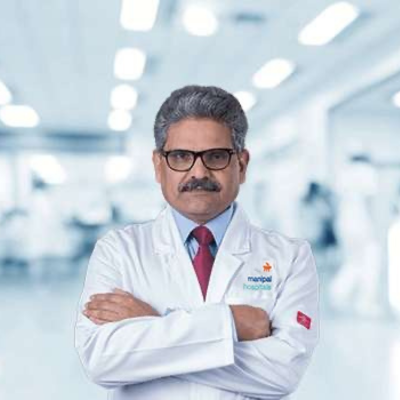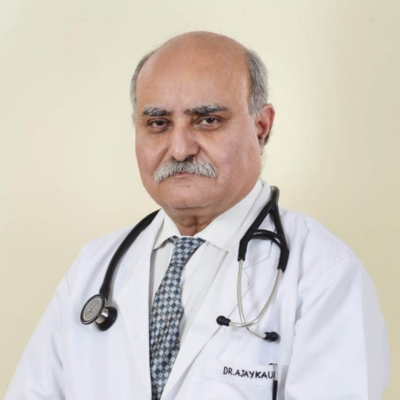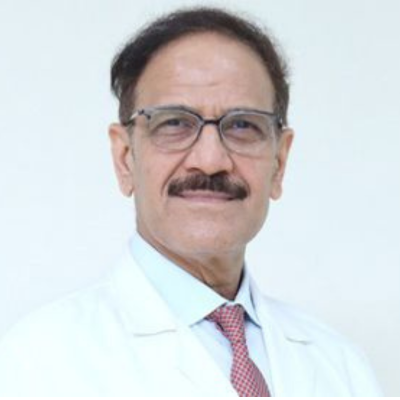Gender Reassignment Surgery: Types, Procedure, and Costs
 05 November,2024
Read More
05 November,2024
Read More
Enquire now in case of any assistance needed
Starting From:
Radial Artery & Saphenous Vein Harvesting is affordable in India. The cost of Radial Artery & Saphenous Vein Harvesting in India lies between . The exact procedure price depends on multiple factors such as the surgeon's experience, type of hospital, severity of the condition, patient's general condition,etc.
Coronary Artery Bypass Grafting (CABG) is a lifesaving surgical procedure performed to treat severe coronary artery disease (CAD) by creating bypasses around narrowed or blocked coronary arteries. In CABG, grafts (blood vessels) are used to redirect blood flow, ensuring that the heart muscle receives an adequate supply of oxygenated blood. Two of the most commonly used grafts are the radial artery and the saphenous vein, both of which play crucial roles in the success of the procedure.
Choosing the appropriate grafts is a critical aspect of CABG surgery. The radial artery and saphenous vein are frequently utilized due to their suitability for grafting and their effectiveness in providing long-term relief from symptoms of CAD. Each graft has distinct characteristics that make them valuable in different clinical scenarios.
The choice to harvest the radial artery for coronary artery bypass grafting (CABG) depends on several factors, and it is typically determined by the surgeon based on a thorough evaluation of the patient's specific circumstances. Here are some scenarios where harvesting the radial artery may be considered:
It's important to note that the final decision regarding graft selection is made by the surgeon during the surgical procedure. They will consider all relevant factors, including those listed above, to ensure the best possible outcome for the patient.
The selection of grafts in CABG surgery is a highly individualized process. Factors such as the location and severity of coronary artery blockages, the patient's overall health, and the surgeon's expertise play crucial roles in determining the most appropriate grafts to use. Often, a combination of radial artery and saphenous vein grafts is employed to achieve the best possible outcomes.
In recent years, there has been a growing emphasis on utilizing arterial grafts like the radial artery, as they have shown promising long-term results. Additionally, advancements in surgical techniques and technologies have further enhanced the success rates of both radial artery and saphenous vein grafts.
Radial artery and saphenous vein harvesting represent pivotal steps in the success of CABG surgery. These carefully selected grafts play a vital role in restoring blood flow to the heart muscle, alleviating symptoms of CAD, and ultimately improving the patient's quality of life. With a meticulous and tailored approach to graft selection, surgeons aim to achieve optimal outcomes, ensuring that patients receive the most effective and individualized care possible.
Chief
Cardiothoracic and Vascular Surgeon
Manipal Hospital, Dwarka, Delhi
Book an AppointmentChairman
Interventional Cardiologist
BLK-Max Super Speciality Hospital, New Delhi
Book an AppointmentConsultant
Interventional Cardiologist
Apollo Hospitals, Greams Road, Chennai
Book an AppointmentSenior Consultant
Interventional Cardiologist
Indraprastha Apollo Hospital, New Delhi
Book an AppointmentDirector
Cardiologist, Interventional Cardiologist
Max Super Speciality Hospital, Saket, New Delhi
Book an AppointmentDoctor of Pharmacy
Dr. Deepanshu Siwach is a skilled clinical pharmacist with a Doctor of Pharmacy degree. He has 4+ years of experience and has worked with thousands of patients. He has been associated with some of the top hospitals, such as Artemis Gurgaon and Teerthanker
Dr. Deepanshu Siwach is a skilled clinical pharmacist with a Doctor of Pharmacy degree. He has 4+ years of experience and has worked with thousands of patients. He has been associated with some of the top hospitals, such as Artemis Gurgaon and Teerthanker...
Dr. Aseem Ranjan Srivastava is an experienced Pediatric Cardiothoracic Surgeon specializing in Minimal Access and Robotic Cardiac Surgery. He strongly recommends prompt corrective repair when possible....
The Art of Effective Communication
 05 November,2024
Read More
05 November,2024
Read More
 04 November,2024
Read More
04 November,2024
Read More
 29 October,2024
Read More
29 October,2024
Read More
 28 October,2024
Read More
28 October,2024
Read More
 21 October,2024
Read More
21 October,2024
Read More
 18 October,2024
Read More
18 October,2024
Read More





